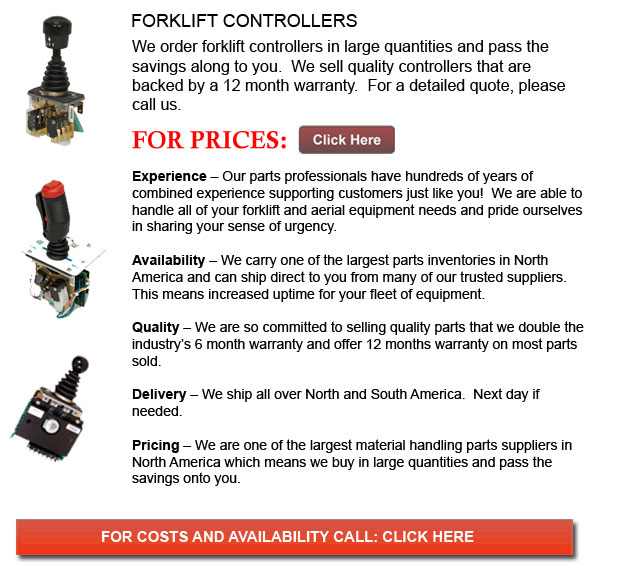
Controllers for Forklift - Forklifts are obtainable in a wide range of load capacities and a variety of models. Nearly all lift trucks in a standard warehouse setting have load capacities between 1-5 tons. Larger scale units are used for heavier loads, such as loading shipping containers, may have up to 50 tons lift capacity.
The operator could utilize a control to raise and lower the blades, that are also referred to as "forks or tines." The operator can even tilt the mast to be able to compensate for a heavy load's tendency to tilt the forks downward to the ground. Tilt provides an ability to work on rough ground also. There are annual competitions intended for experienced forklift operators to contend in timed challenges as well as obstacle courses at regional forklift rodeo events.
Lift trucks are safety rated for cargo at a specific utmost weight as well as a specified forward center of gravity. This vital information is supplied by the manufacturer and located on a nameplate. It is vital loads do not go beyond these details. It is prohibited in numerous jurisdictions to interfere with or remove the nameplate without getting consent from the forklift maker.
Most lift trucks have rear-wheel steering so as to increase maneuverability inside tight cornering situations and confined areas. This particular kind of steering differs from a drivers' first experience together with various vehicles. In view of the fact that there is no caster action while steering, it is no required to use steering force in order to maintain a constant rate of turn.
Instability is another unique characteristic of lift truck utilization. A continuously varying centre of gravity occurs with each and every movement of the load between the forklift and the load and they have to be considered a unit during utilization. A forklift with a raised load has gravitational and centrifugal forces which may converge to result in a disastrous tipping mishap. In order to prevent this from happening, a forklift must never negotiate a turn at speed with its load elevated.
Forklifts are carefully designed with a cargo limit intended for the blades. This limit is lowered with undercutting of the load, that means the load does not butt against the fork "L," and also lessens with blade elevation. Usually, a loading plate to consult for loading reference is located on the lift truck. It is dangerous to utilize a lift truck as a personnel lift without first fitting it with specific safety tools such as a "cage" or "cherry picker."
Lift truck use in distribution centers and warehouses
Important for whatever warehouse or distribution center, the forklift has to have a safe surroundings in which to accommodate their efficient and safe movement. With Drive-In/Drive-Thru Racking, a lift truck should go within a storage bay which is several pallet positions deep to set down or take a pallet. Operators are normally guided into the bay through rails on the floor and the pallet is located on cantilevered arms or rails. These confined manoeuvres need skillful operators to complete the job efficiently and safely. Because every pallet needs the truck to go in the storage structure, damage done here is more frequent than with different types of storage. If designing a drive-in system, considering the size of the blade truck, as well as overall width and mast width, should be well thought out to be able to be sure all aspects of a safe and effective storage facility.
![]() Click to Download the pdf
Click to Download the pdf
Forklift Parts
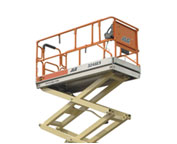
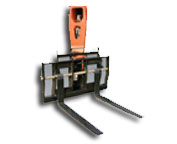
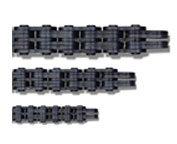
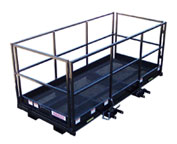
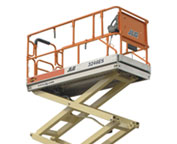
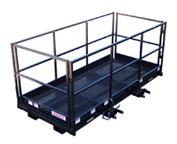
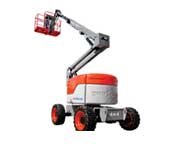
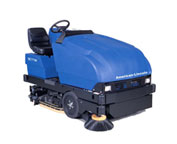
Lift Parts Express
TOLL FREE: 1-888-695-7994
LOCAL: (909) 232-9337
16155 Sierra Lakes Pkwy 160-328
Fontana, California
forkliftpartsfontana.com
Email Us
About Us


